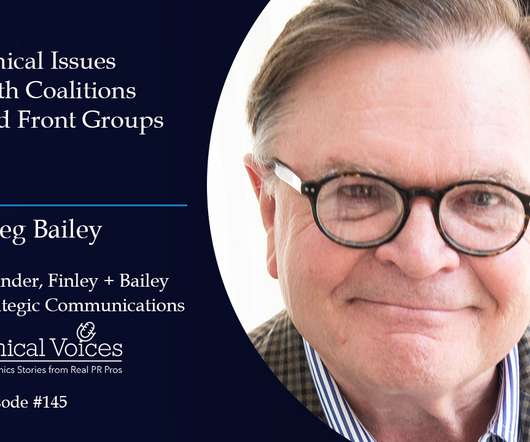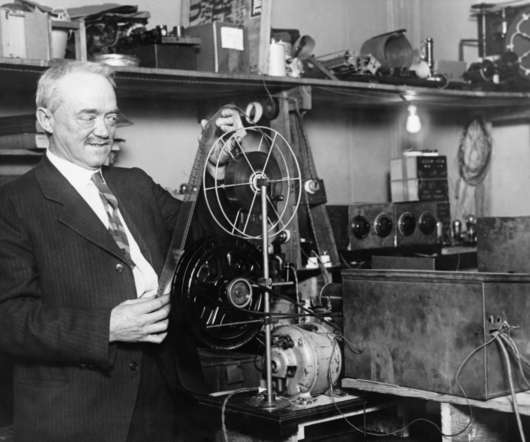What Lies Ahead for Public Relations in 2018?
PRSay
JANUARY 3, 2018
We’ve watched traditional media such as newspapers, magazines, radio and television decrease in importance thanks to Twitter, Facebook, Snapchat and other social platforms. Knowing how to work with big data will also become more important for PR pros. Look for more PR shops to say they’re “data driven.”.











Let's personalize your content